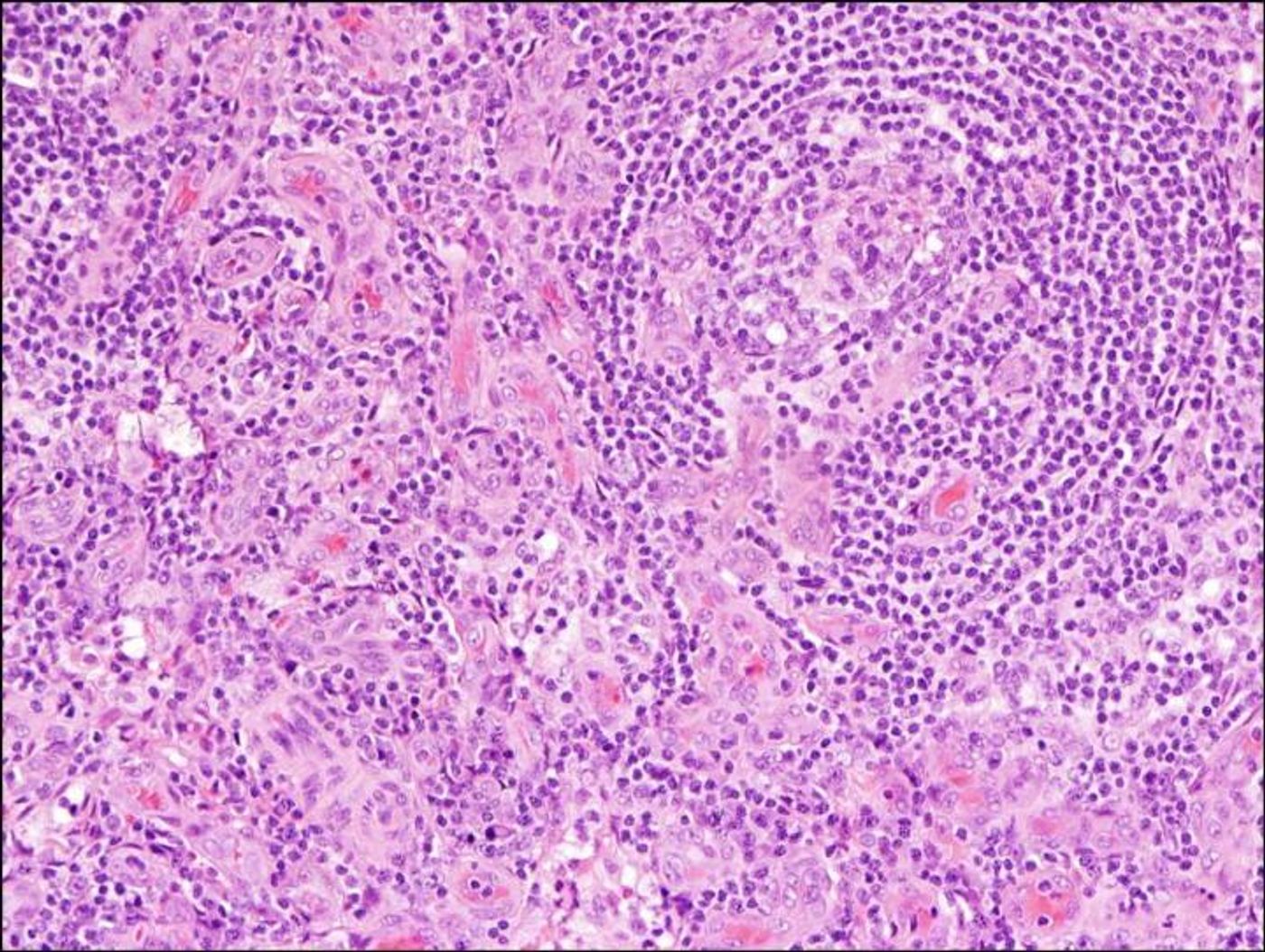Diagnosing "Castleman Disease"
Castleman disease was discovered in the 1950s, but until this year doctors had no reliable sources to consistently and accurately diagnose the disease. The disease is rare, but there are many forms that it can take. A group of more than 30 experts focused on developing the first diagnostic criteria for a lethal form of the disease that is often misdiagnosed: idiopathic multicentric Castleman disease (iMCD).
Experts report that of the 1200 individuals diagnosed with iMCD each year in the United States, 60 percent die within ten years of their diagnosis. Castleman disease is an immunological disorder of the lymph nodes similar to but separate from cancer; it acts like lymphoma, it looks like lymphoma, it is treated like lymphoma, but it is not lymphoma.
An anti-IL6 monoclonal antibody drug called siltuximab was approved by the U.S. Food and Drug Administration in 2014, becoming the first official therapy for iMCD. Doctors also treat the disease with corticosteroids, cytotoxic chemotherapy, and immunosuppressants.
With no existing set of standard diagnostic criteria to make iMCD diagnoses and other types of Castleman disease distinct from cancer, autoimmune disorders, or infectious diseases, David Fajgenbaum, MD, MBA, MSc, who is also diagnosed with iMCD, decided it was time to write some.
“The lack of a defined diagnostic criteria has likely impeded the timely administration of treatment for many patients," Fajgenbaum said. "Such delays could lead to organ dysfunction and even death."
Fajgenbaum and his team examined 244 cases of iMCD and 77 lymph node tissue biopsies during their study lasting just over a year. They came up with both major and minor criteria for diagnosing the disease, and they plan on continuing their study to make the criteria even more accurate. For now, they recommend to doctors that an iMCD diagnosis must include two major criteria and at least two out of 11 minor criteria, and similar diseases must be ruled out to avoid a misdiagnosis.
"The new criteria will accelerate time to diagnosis and, more importantly, administration of life-saving treatments for iMCD patients," said Fajgenbaum, first author of the criteria study published in the journal Blood.
"Previously, patients had to hope their doctors were familiar with the Castleman disease medical literature in order for them to even consider an iMCD diagnosis," Fajgenbaum explained. “Now, with these criteria, doctors will know exactly what to look for and what to check off to feel confident about a diagnosis."
Sources: University of Pennsylvania School of Medicine, American Cancer Society









